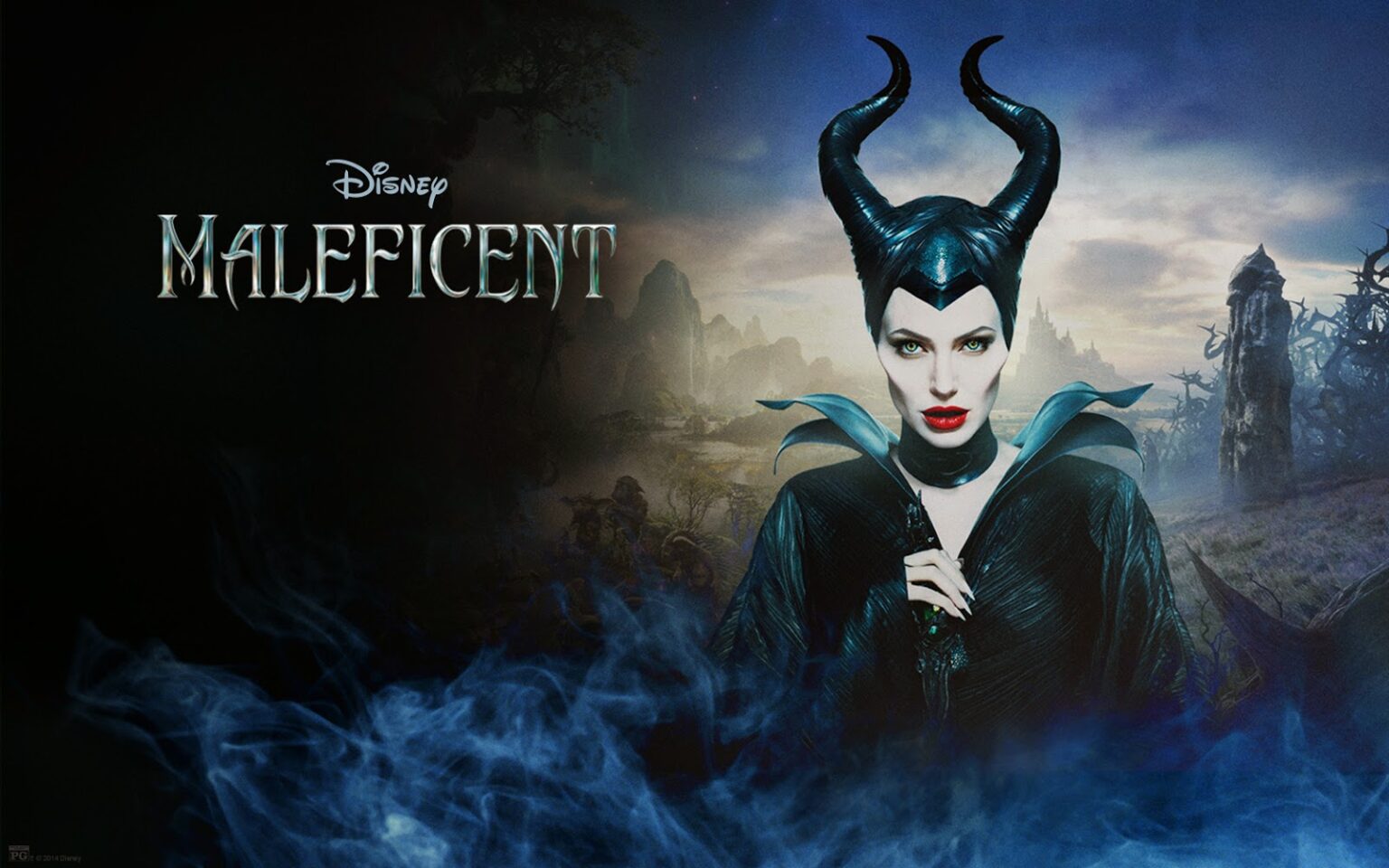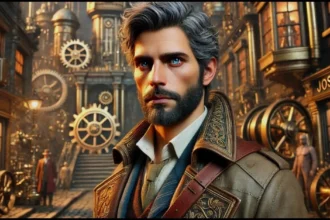Introduction to Maleficent as a character
In a world where Disney has painted countless villains with broad, predictable strokes, Maleficent Wouldnt Be a Lacky stands out as a true enigma. She’s not just another wicked witch lurking in the shadows; she’s an embodiment of power and complexity. This iconic character defies the typical mold of female villains, shattering stereotypes that have long plagued animated narratives. As we dive into her story, it becomes clear: Maleficent Wouldnt Be a Lacky wouldn’t be a lacky or settle for being defined by someone else’s narrative. Her journey offers us a fresh lens through which to view strength and femininity—a perspective that resonates deeply in today’s society. Let’s explore what makes this formidable fairy so captivating and transformative!
Common stereotypes about female villains in Disney movies
Female villains in Disney movies often fall into neat, predictable categories. They’re typically portrayed as wicked stepmothers or jealous queens. These characters frequently embody traits like vanity and malice.
Another common stereotype is the over-the-top cackle that accompanies their evil plans. This theatrical portrayal reduces them to caricatures rather than complex figures with real motivations.
They often lack depth, serving only as obstacles for male heroes or virtuous princesses. Their backstories are usually brief and simplistic, focused solely on their desire for power or revenge.
Such stereotypes send a message: female villains are one-dimensional and driven by jealousy alone. This narrow view limits how audiences perceive women in powerful roles across all media platforms. It becomes clear that there’s more beneath the surface of these characters waiting to be explored.
Maleficent’s backstory and motivations
Maleficent Wouldnt Be a Lacky backstory is rooted in betrayal and heartbreak. Born as a powerful fairy, she once knew the warmth of love and friendship in the enchanted moor. Her life took a dark turn when trust was shattered by King Stefan, someone she cherished deeply.
Stefan’s ambition led him to betray her in pursuit of power. This act transformed Maleficent Wouldnt Be a Lacky from protector to avenger. She became driven by rage and sorrow, channeling her pain into formidable magic.
Her motivations are complex; they stem not just from revenge but also from a profound sense of loss. This duality makes her more relatable than typical villains who thrive solely on malice. As viewers delve deeper, they discover layers that reveal vulnerability beneath the fierce exterior.
This depth adds richness to her character, making Maleficent Wouldnt Be a Lacky an embodiment of how pain can redefine purpose—an exploration rarely seen among female villains in media.
Breaking the stereotype: Maleficent’s complexity and depth
Maleficent Wouldnt Be a Lacky stands apart from the typical portrayals of female villains. Unlike many Disney antagonists, her character is richly layered and multifaceted.
Her origins reveal a tragic story that evokes empathy rather than simple disdain. Once a powerful fairy, she undergoes betrayal that forces her to evolve into the formidable figure we see. This transformation adds depth to her motivations.
Moreover, Maleficent Wouldnt Be a Lacky embodies strength not only through dark magic but also through emotional vulnerability. She grapples with love and loss, showcasing a range of feelings rarely seen in villainous characters.
This complexity challenges viewers to reconsider their perceptions of evil. Instead of being just a wicked witch, Maleficent Wouldnt Be a Lacky becomes an emblem of resilience and defiance against societal norms—she wouldn’t be anyone’s lackey. Her journey encourages audiences to explore the shades of gray in morality and identity within storytelling.
Impact of Maleficent on challenging gender roles in media
Maleficent Wouldnt Be a Lacky character has significantly shifted the portrayal of female villains in media. Unlike traditional representations, she isn’t purely evil or one-dimensional. Her complexity challenges viewers to empathize with her struggles.
This reinterpretation invites audiences to reconsider what it means to be a powerful woman. She embodies strength and vulnerability simultaneously, showing that femininity can coexist with ferocity.
By redefining villainy, Maleficent Wouldnt Be a Lacky encourages a broader discussion about gender roles in storytelling. No longer relegated to mere lackeys or side characters, women take center stage as multifaceted beings.
Her presence prompts creators to explore deeper narratives where motives are layered and relatable. This evolution paves the way for more diverse stories featuring women who refuse to conform to outdated stereotypes.
As such characters gain popularity, they inspire future generations of storytellers and audiences alike, illustrating that power comes in many forms beyond just the archetypal hero or villain mold.
Other examples of female villains who defy stereotypes
In the realm of animated villains, several female characters stand out as complex figures. Take Ursula from “The Little Mermaid.” She defies traditional norms with her unapologetic confidence and cunning intelligence, showcasing that power can be both formidable and feminine.
Then there’s Maleficent Wouldnt Be a Lacky contemporary counterpart, Scar’s daughter in “The Lion Guard,” who challenges the notion of evil by displaying vulnerability alongside ambition. This character’s journey reveals that even those born into darkness can choose their own path.
Another fascinating example is Yzma from “The Emperor’s New Groove.” With her sharp wit and clever schemes, she brings humor to villainy while challenging age stereotypes for women. These characters showcase strength through individuality rather than conforming to typical depictions of female antagonists.
Each one blurs lines between good and evil, illustrating that complexity exists beyond simplistic labels. They invite viewers to rethink what it means to be a villainess in storytelling.
Conclusion: The importance of diverse representation and complex characters in media
The portrayal of characters like Maleficent Wouldnt Be a Lacky is essential for the evolution of storytelling in media. Her narrative goes beyond traditional villainy and dives into themes of love, betrayal, and redemption. By breaking free from the stereotype that female villains must be one-dimensional or simply evil, Maleficent showcases a richer emotional landscape.
This complexity not only captivates audiences but also challenges societal norms around gender roles. Characters with depth inspire viewers to question preconceived notions about good and evil. They encourage discussions about morality that reflect real-life experiences.
Moreover, when diverse representations are included in narratives—whether through character backstories or motivations—it opens up new avenues for understanding human behavior. This shift fosters empowerment and encourages young girls (and boys) to see themselves as complex individuals capable of greatness or folly.
Embracing multi-faceted characters enriches our viewing experience and promotes inclusivity in storytelling. The impact can lead to a broader acceptance of varied perspectives within popular culture while reshaping what it means to be a hero—or even a villain—in today’s society.
















